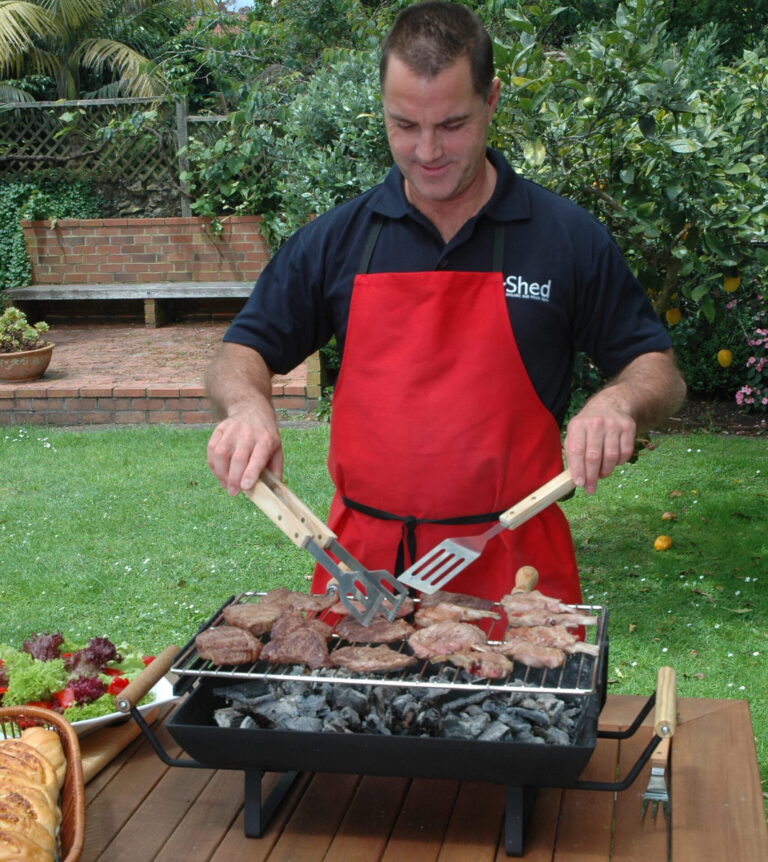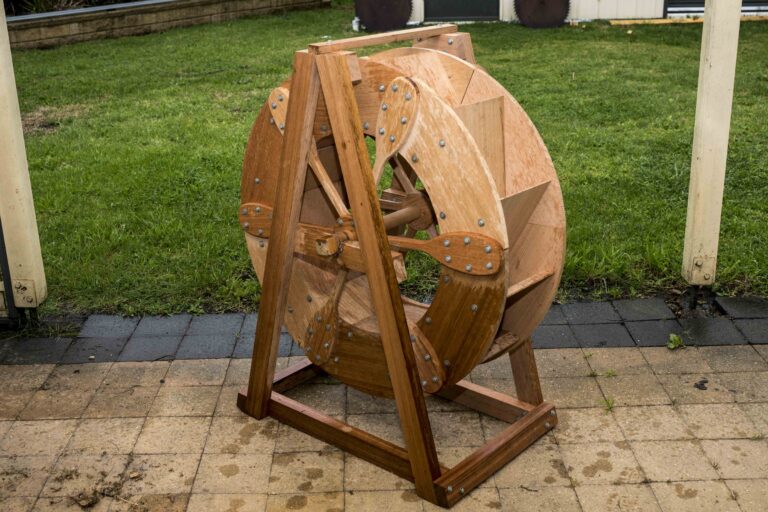
Classic Manx Norton flourishes
The legendary Manx Norton was
the first single-cylinder motorcycle
to lap the famous Isle of Man TT
circuit at an average speed of 100 miles per hour (160 km/hr).
Made from 1946 until 1962, the bikes became a favourite of privateer racers and in more modern
times, a popular choice for classic
motorcycle racing.
Today, half a world away from the original Birmingham factory, a small Kiwi company is restoring and supplying parts to Manx Norton owners around the globe.














